I am calculating the solution of Chen's chaotic system using differential transform method. The code that I am using is:
x=zeros(1,7);
x(1)=-0.1;
y=zeros(1,7);
y(1)=0.5;
z=zeros(1,7);
z(1)=-0.6;
for k=0:5
x(k+2)=(40*gamma(1+k)/gamma(2+k))*(y(k+1)-x(k+1));
sum=0;
for l=0:k
sum=sum+x(l+1)*z(k+1-l);
end
y(k+2)=(gamma(1+k)/gamma(2+k))*(-12*x(k+1)-sum+28*y(k+1));
sum=0;
for l=0:k
sum=sum+x(l+1)*y(k+1-l);
end
z(k+2)=(gamma(1+k)/(1+k))*(sum-3*z(k+1));
end
s=fliplr(x);
t=0:0.05:2;
a=polyval(s,t);
plot(t,a)
What this code does is calculate x(k), y(k) and z(k) these are the coefficients of the polynomial that is approximating the solution.
The solution x(t) = sum_0^infinity x(k)t^k, and similarly the others. But this code doesn't give the desired output of a chaotic sequence the graph of x(t) that I am getting is:
